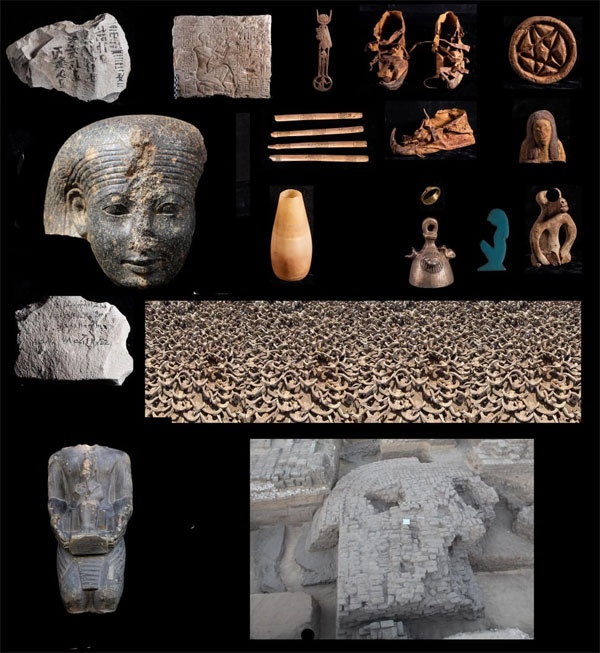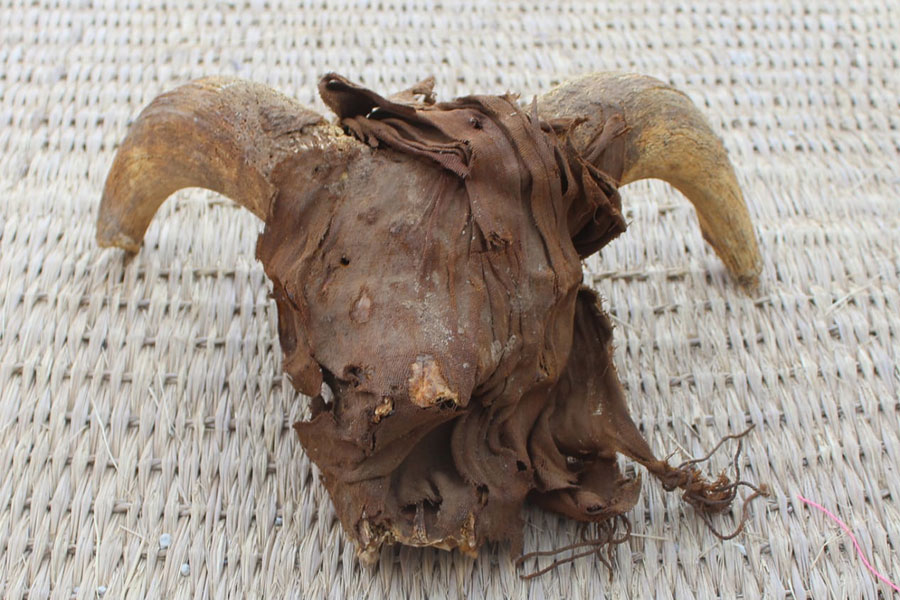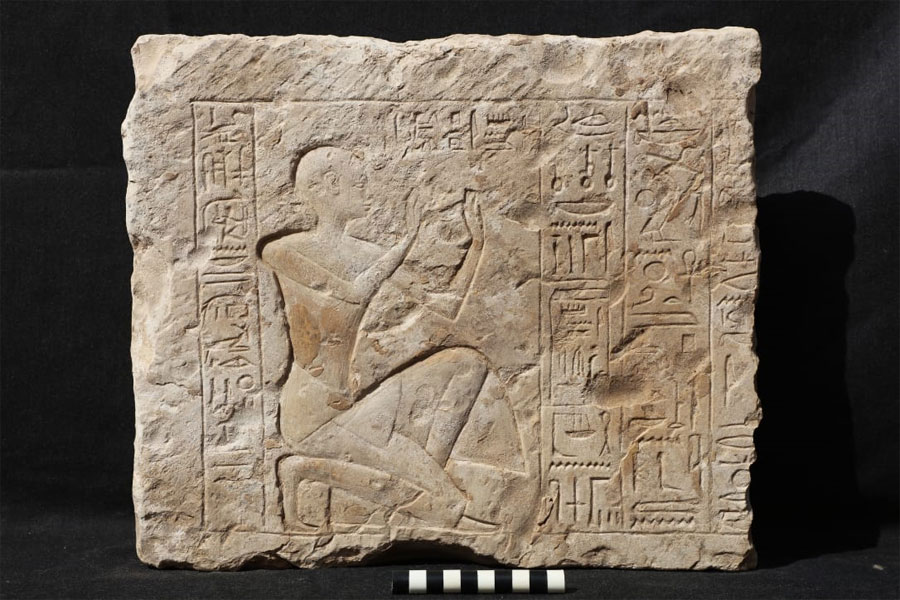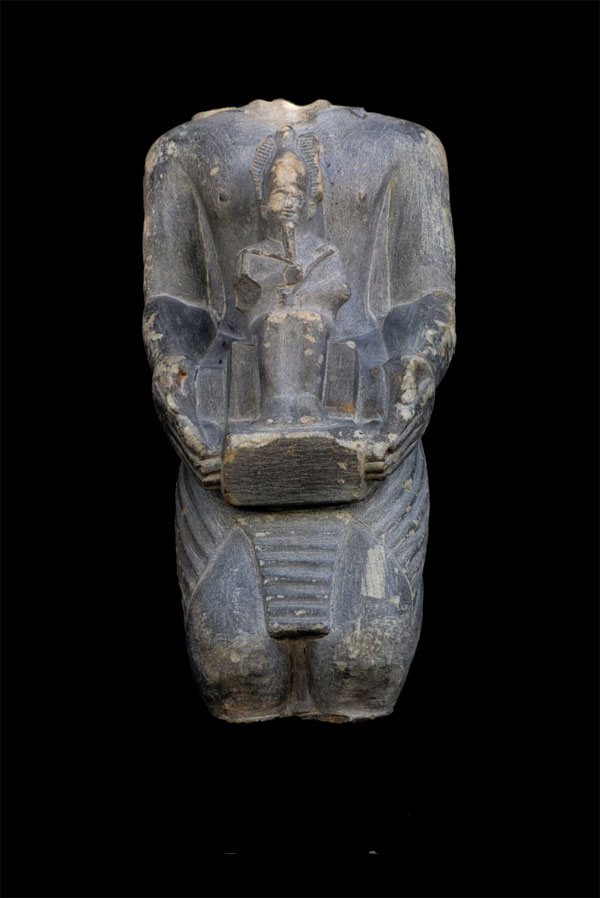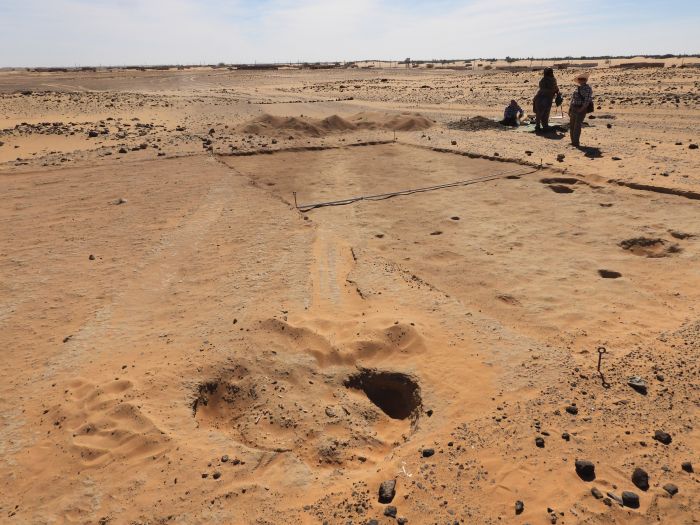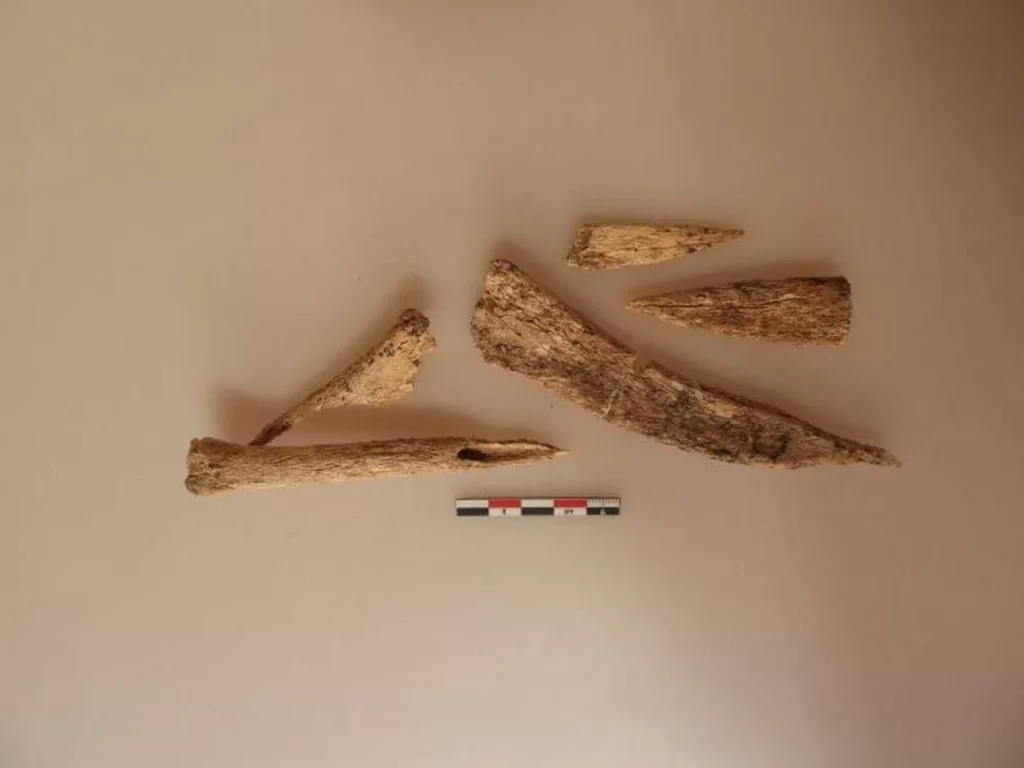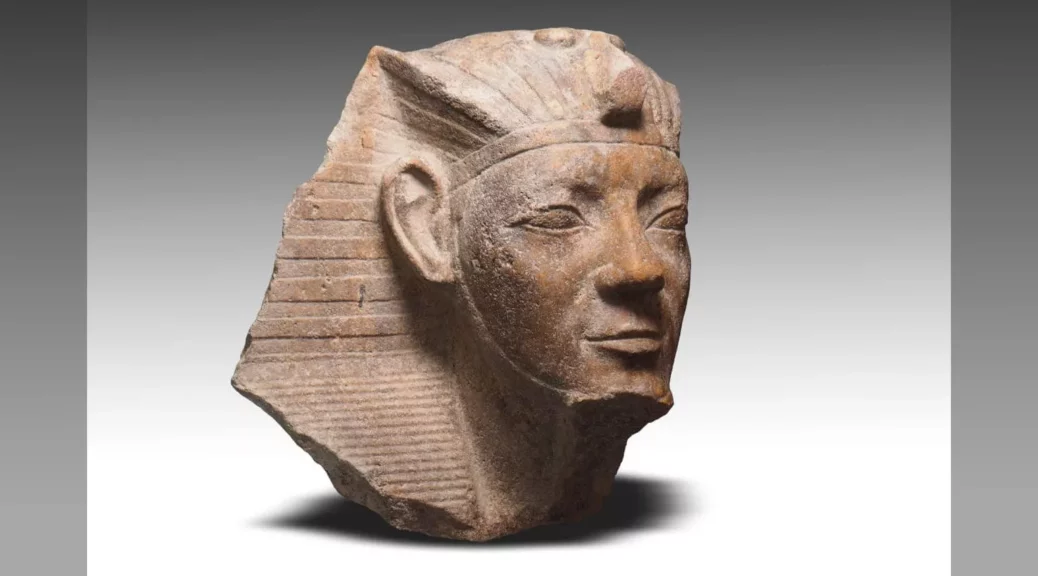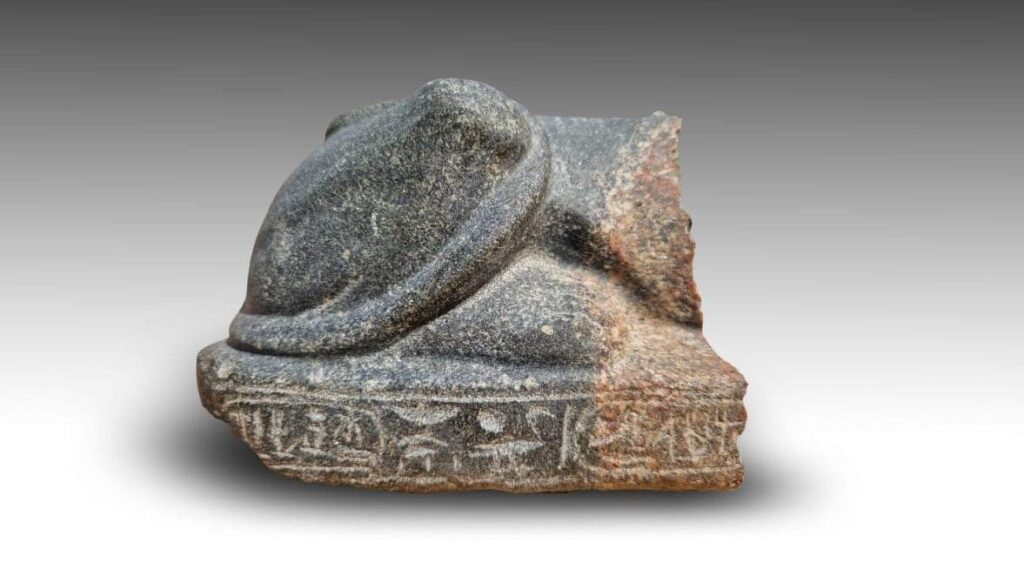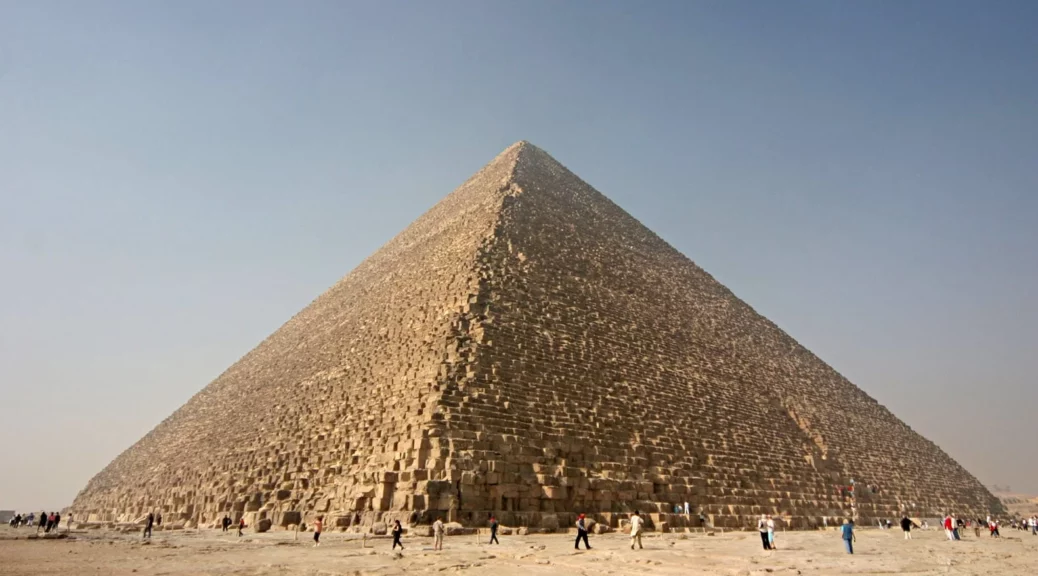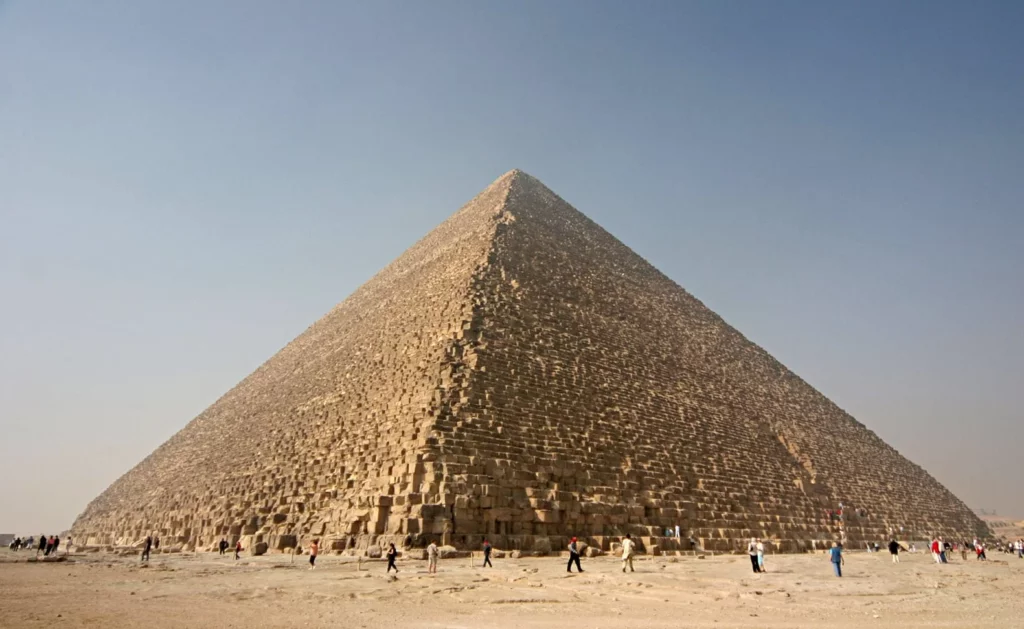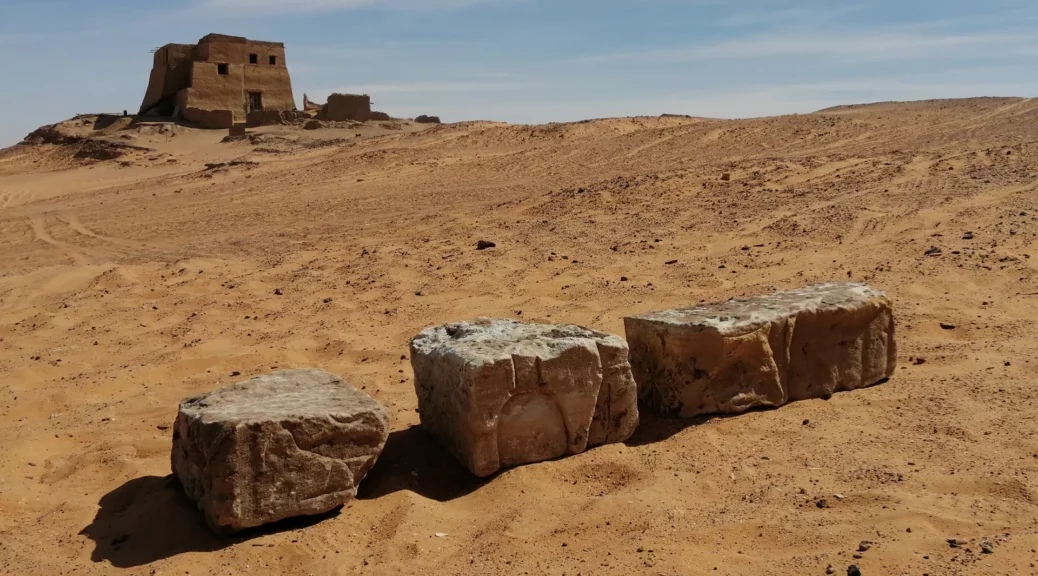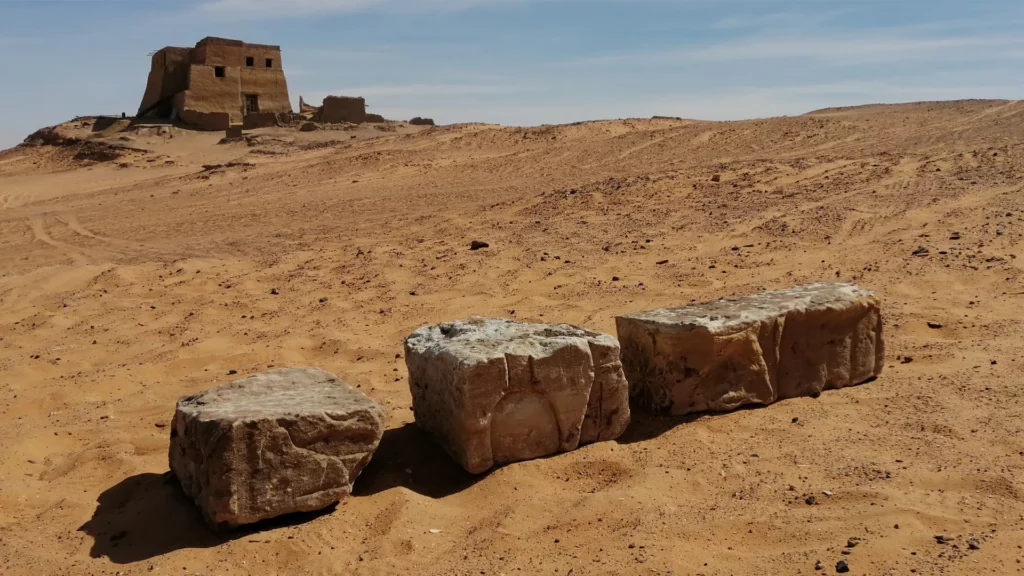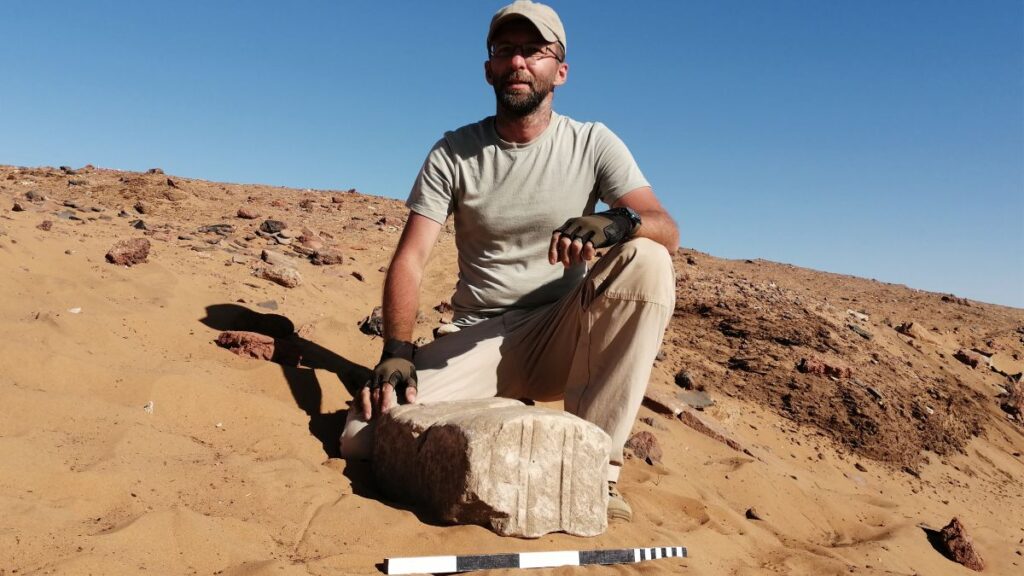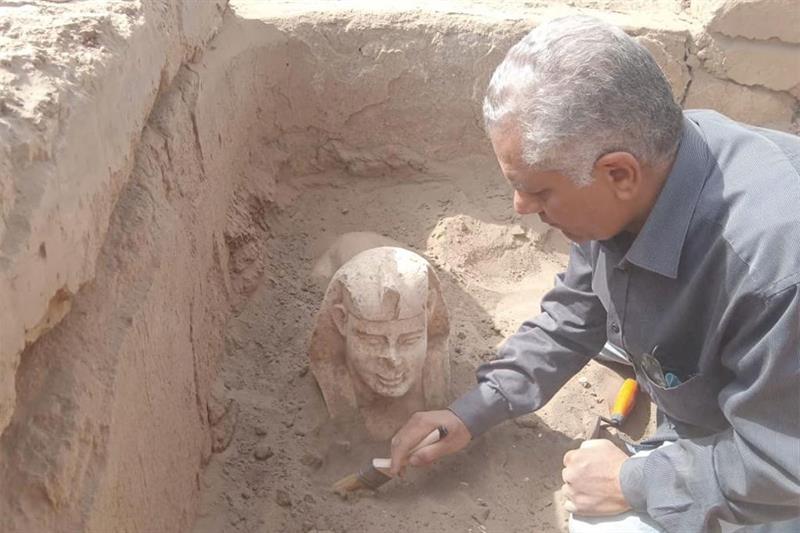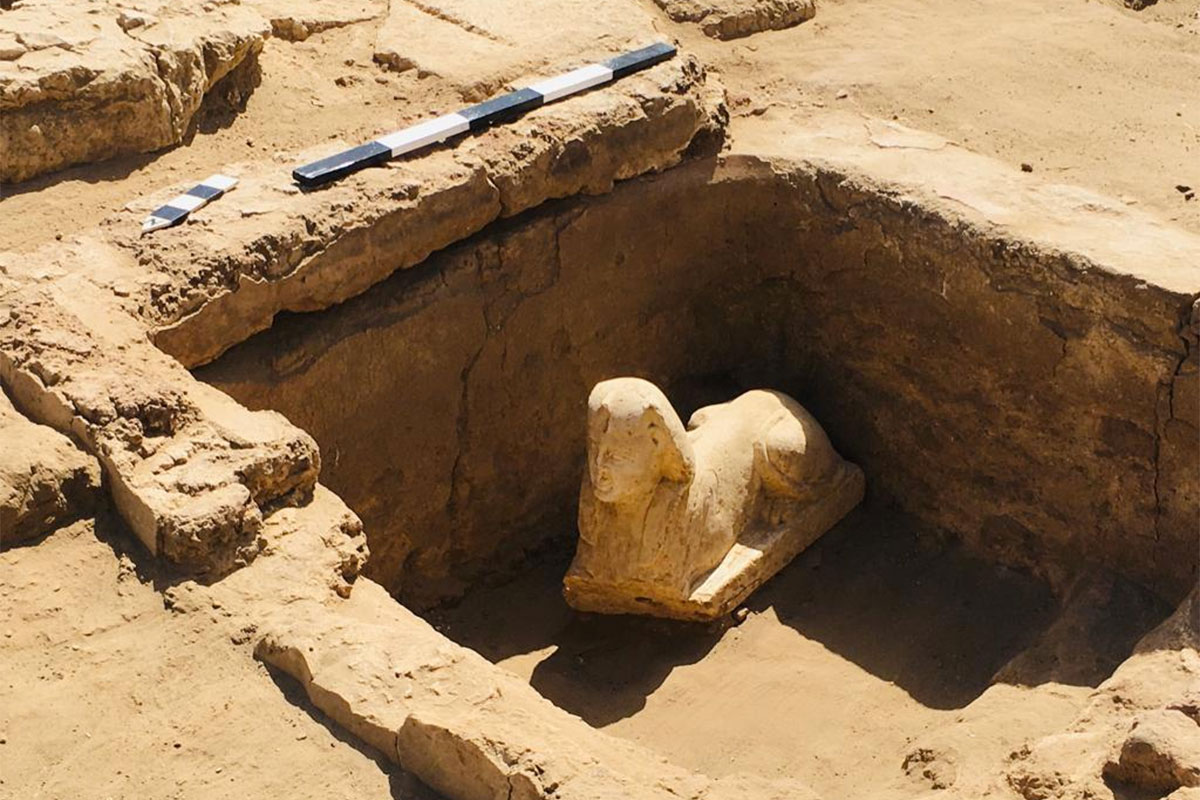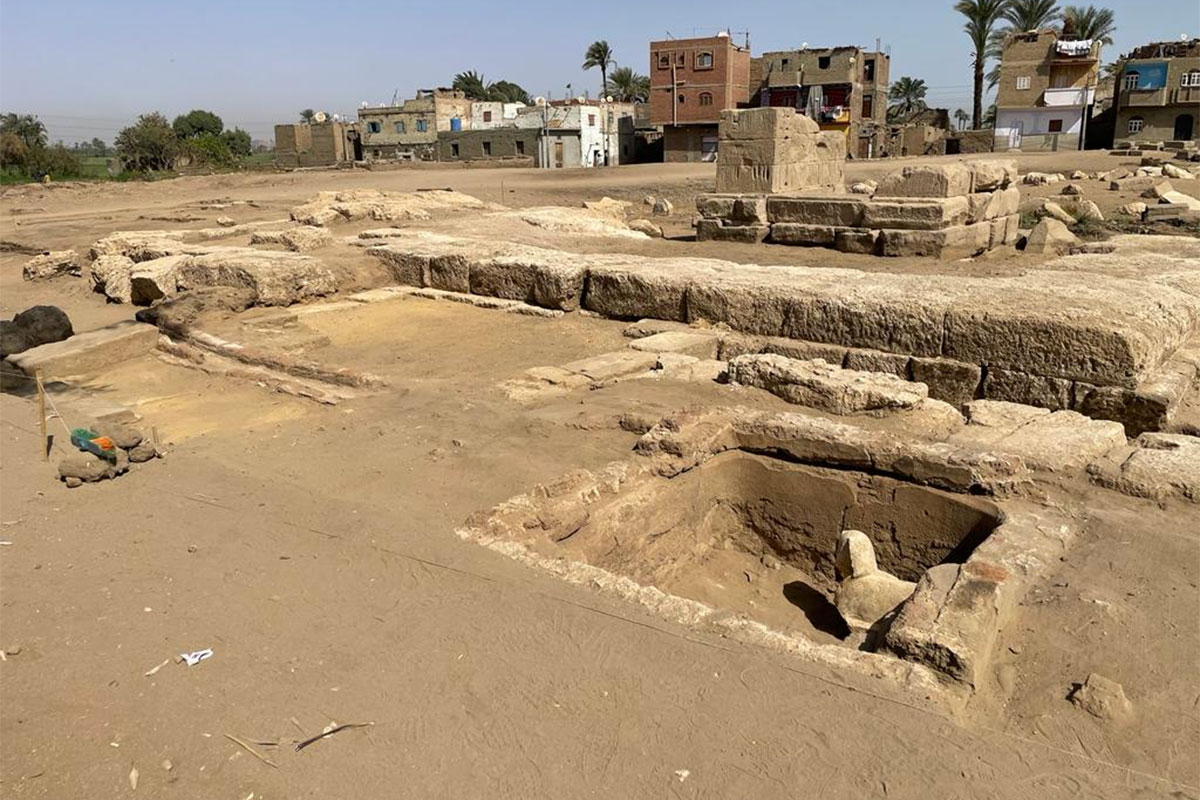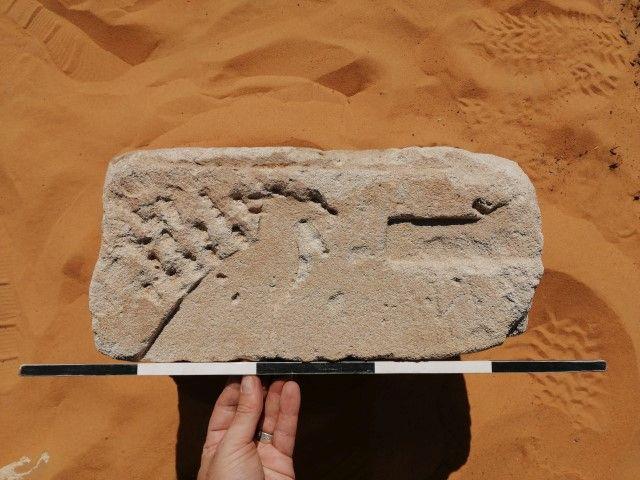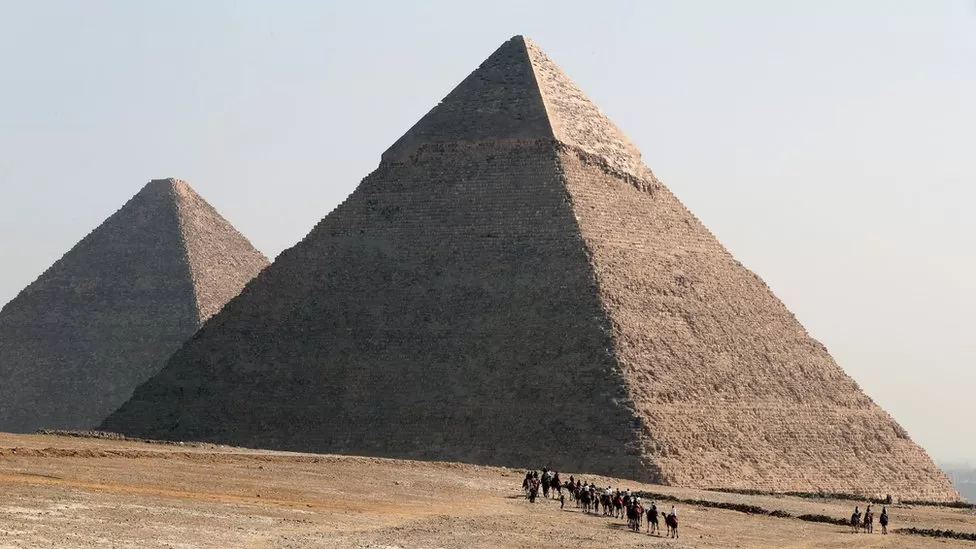Thousands of Mummified Ram’s Heads Uncovered in Abydos
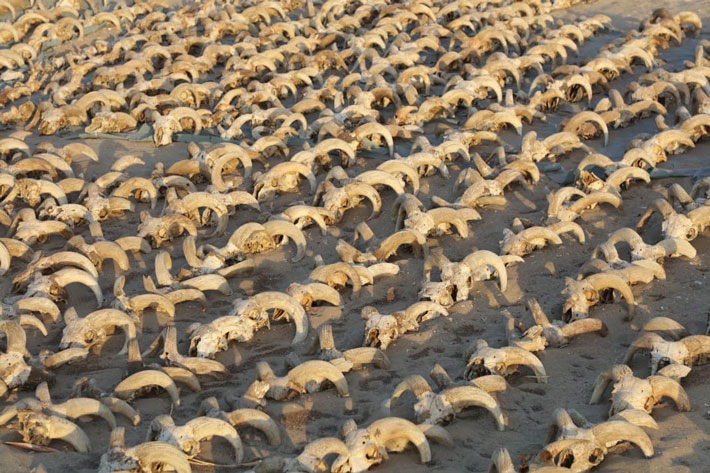
Excavation work carried out by an American mission from New York University at the temple of Ramses II in Abydos has stumbled upon a menagerie of mummified animals that provides previously undocumented evidence of cultic worship through the ages.
The most significant find at the site is over 2,000 mummified heads of rams from the Ptolemaic period along with other mummified ewes, dogs, wild goats, cows, gazelles and mongooses, said Mostafa Waziri, secretary-general of the Supreme Council of Antiquities.
The mummified remains, some still in their linen wrappings, were found stored in one of the recently discovered magazines within the temple’s northern precinct, Waziri added.
Sameh Iskander, head of the mission, noted that the discovery of this large number of mummified rams, presumably as votive offerings, placed inside the temple points to an unprecedented rams’ cultic practice in Abydos during the Ptolemaic period. It indicates that the memory of Ramses II was still revered in Abydos a thousand years after his time (1303-1213 BC).
The mission also discovered a large palatial structure with an unusual architectural layout with walls about five metres thick, which appears for the first time in Abydos, and dates to the end of the Sixth Dynasty (c.2181 BC) of the Old Kingdom.
“This structure will provide important, multifaceted and spectacular information on the activities of the Old Kingdom in Abydos, opening up major new perspectives that will contribute to reestablish the sense of the ancient landscape of Abydos before the construction of the Ramses II temple,” Iskander said.
Mohamed Abdel-Badei, head of the central department of Upper Egypt Antiquities, said that the mission was also able to clear the temple’s northern enclosure walls and its various structures, which clearly defines the boundary of the temple’s domain and helps us better understand the daily life in the precinct, its administration and cultic activities.
This will lead to reconsidering the image of the temple and its details as perceived by earlier research since the temple’s discovery over 150 years ago.
The mission also recovered a number of statues, papyri, remains of ancient trees, leather garments and shoes.
The new discoveries contain a wealth of information that drastically expands our knowledge of the temple’s site, located along the Nile more than 400 kilometres south of Cairo, to a period spanning over two millennia, from the Sixth Dynasty to the Ptolemaic period.

